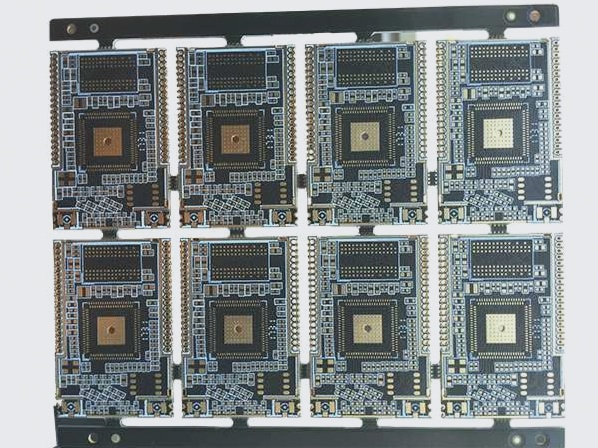PCBA Contaminant Detection Methods
PCBA cleaning plays a crucial role in the electronic placement process, especially as assembly density and complexity continue to rise. This step is vital for ensuring the reliability and quality of high-performance products like military and aerospace components. To achieve this, meticulous removal of PCBA residues and complete eradication of contaminants are essential.
1. Visual Inspection
Visual inspection involves using a magnifying glass (X5) or an optical microscope to assess the cleanliness of the PCBA. Inspectors look for solid flux residues, tin dross, tin beads, unfixed metal particles, and other contaminants on the surface. While this method is easy to implement and provides qualitative results, it may not detect pollutants beneath components or residual ionic contaminants. Visual inspection is most suitable for electronic products with less stringent requirements.

2. Solvent Extraction Test Method
The solvent extraction test method, also known as the ionic pollutant content test, evaluates the average content of ionic pollutants on the PCBA. This test, following the IPC method (IPC-TM-610.2.3.25), involves immersing the cleaned PCBA into a test solution to dissolve residual ionic substances. The amount of sodium chloride (NaCl) per unit area is measured, indicating the total NaCl dissolved in the solvent. While this test reflects overall ionic contamination, it may not exclusively indicate NaCl presence or surface contamination on the PCBA.
3. Surface Insulation Resistance Test Method (SIR)
The surface insulation resistance test method (SIR) measures the surface insulation resistance between conductors on the PCBA. It helps identify leakage due to pollution under various conditions of temperature, humidity, voltage, and time. SIR offers direct and quantitative measurement, making it effective for detecting flux presence in localized areas. This test is crucial for verifying cleaning efficacy or assessing solder paste safety, with typical test conditions including an ambient temperature of 85°C, humidity of 85% RH, a bias of 100V, and a test duration of 170 hours.


